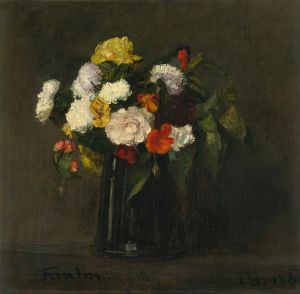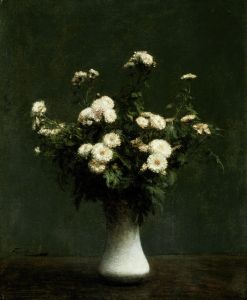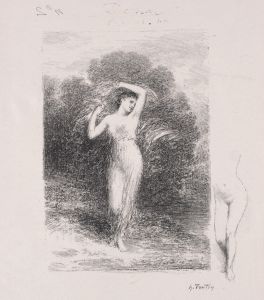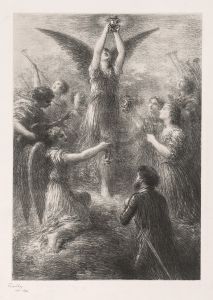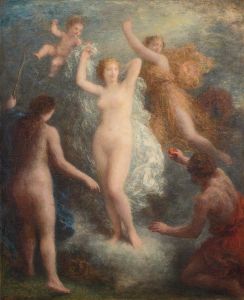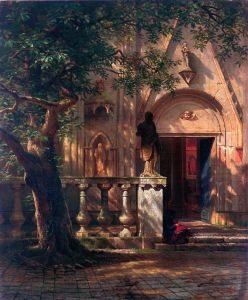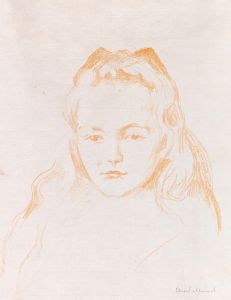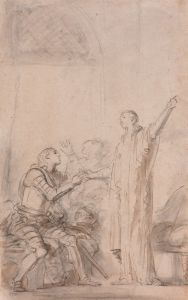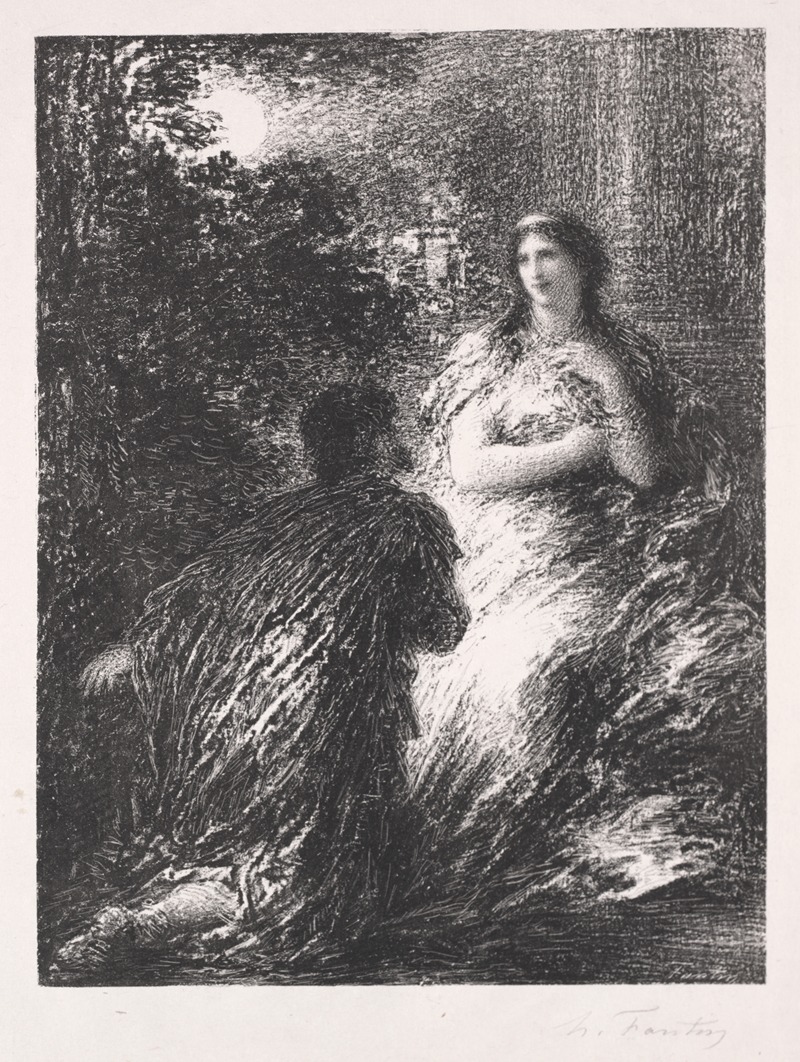
Duo des Troyens
A hand-painted replica of Henri Fantin-Latour’s masterpiece Duo des Troyens, meticulously crafted by professional artists to capture the true essence of the original. Each piece is created with museum-quality canvas and rare mineral pigments, carefully painted by experienced artists with delicate brushstrokes and rich, layered colors to perfectly recreate the texture of the original artwork. Unlike machine-printed reproductions, this hand-painted version brings the painting to life, infused with the artist’s emotions and skill in every stroke. Whether for personal collection or home decoration, it instantly elevates the artistic atmosphere of any space.
Henri Fantin-Latour, a French painter renowned for his still lifes and portraits, created the artwork Duo des Troyens in 1876. This painting is inspired by the opera Les Troyens by Hector Berlioz, a monumental work based on Virgil's Aeneid. Fantin-Latour, who was deeply influenced by music, often drew upon operatic and symphonic themes for his art, reflecting his admiration for composers such as Berlioz, Wagner, and Schumann.
Duo des Troyens depicts a scene from Les Troyens, specifically focusing on the duet between the characters Dido and Aeneas. The painting captures the emotional intensity and romanticism of the opera, emphasizing the connection between the two figures. Fantin-Latour's use of soft, muted tones and delicate brushwork conveys a dreamlike quality, characteristic of his style. The composition reflects his ability to translate musical themes into visual art, a hallmark of his oeuvre.
Fantin-Latour was part of the 19th-century French art scene, closely associated with the Realist and Symbolist movements. Although he exhibited with the Impressionists, his work often diverged from their focus on light and color, instead emphasizing mood and atmosphere. His fascination with music was a recurring theme in his career, and Duo des Troyens is one of several works that pay homage to his favorite composers.
The painting is currently housed in the Musée d'Orsay in Paris, which holds a significant collection of Fantin-Latour's works. It remains an important example of the intersection between visual art and music in the 19th century, showcasing the artist's ability to evoke the emotional depth of operatic narratives through his medium.






